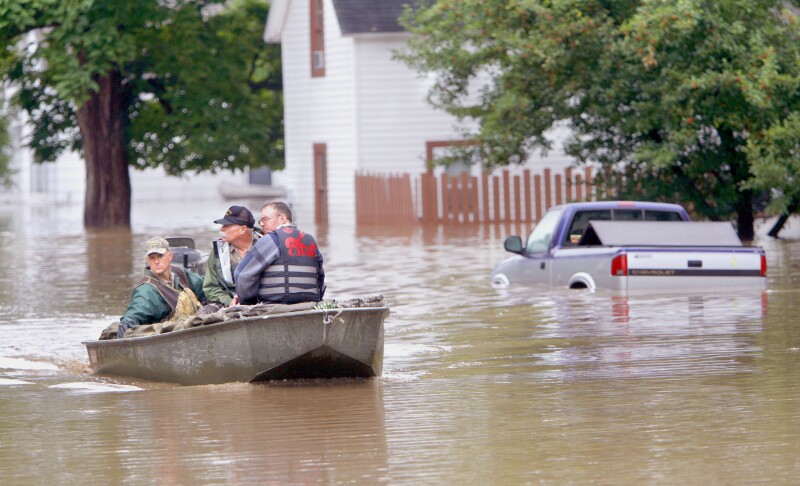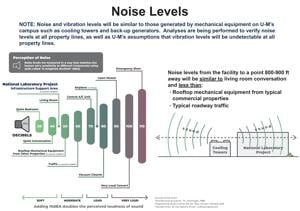
Heavy flooding in Central Texas over the Fourth of July weekend resulted in over 100 fatalities, including 28 children. The devastating weather event has raised questions about emergency preparedness and the effectiveness of warning systems in areas prone to flash flooding.
Rochester, Minnesota, has a robust flood control system that largely protects it from significant flooding. In 2007, torrential rains caused widespread destruction across the region, while Rochester remained mostly unaffected. Seven lives were lost in that disaster, prompting local officials to improve their emergency response capabilities.
As emergency managers reflect on the recent tragedy in Texas, they consider whether enhanced warning systems could have mitigated the loss of life. Captain Jonathan Jacobson of Olmsted County Emergency Management emphasizes the need for clear communication. He notes that while sirens are effective for tornado warnings, their use for flash floods is not standard in Minnesota.
The challenge lies in public perception. When sirens sound, people typically interpret them as a signal to seek shelter. Jacobson expressed concern that this misunderstanding could prevent timely evacuations. He cites the example of the 2023 Maui wildfires, where sirens led individuals to higher ground, inadvertently placing them in danger.
In August 2007, southeastern Minnesota experienced catastrophic rainfall, with some areas receiving over 15 inches. This event caused mudslides, washed out roads, and left severe damage in its wake. The National Weather Service reported that the official records show a staggering 15.10 inches fell in a 24-hour period near Hokah, Minnesota. The aftermath prompted counties to enhance their early warning systems.
Ben Klinger, the Emergency Manager for Winona County, highlighted the collaboration with the National Weather Service and FEMA to install sensors along a critical stretch of the Whitewater River. These sensors automatically alert officials when water levels reach dangerous thresholds. The improvements have significantly strengthened the area’s warning capabilities.
Yet, local officials remain vigilant about potential threats. In Wabasha County, the focus is on the Lake Zumbro Dam, labeled a “high hazard dam.” Emergency Director Brenda Tomlinson noted the importance of annual drills to test the alert notification system, especially after the 2010 flood that severely impacted the Zumbro Valley.
The frequency and intensity of storms have increased, a trend linked to climate change. According to the latest National Climate Assessment, much of the Midwest, including Minnesota, has seen a 5% to 15% increase in precipitation over recent decades. This changing climate raises the stakes for emergency management, as officials work to adapt to more severe weather patterns.
The Central Texas flooding has also highlighted staffing cuts at key weather agencies during the Trump administration, particularly within the National Oceanic and Atmospheric Administration (NOAA) and the National Weather Service (NWS). While the NWS issued timely alerts during the Texas flooding, the absence of a siren system is now under scrutiny. Local officials had considered such a system but ultimately rejected it due to budget constraints.
The decision to locate a summer camp along the historically flood-prone Guadalupe River has also drawn criticism. Known as “Flash Flood Alley,” the river’s reputation for rapid surges underscores the need for thorough risk assessments in flood-prone areas.
As emergency managers evaluate their protocols, the tragic events in Texas serve as a stark reminder of the importance of preparedness and public awareness. Enhancing communication and warning systems could prove crucial in saving lives during future emergencies.







